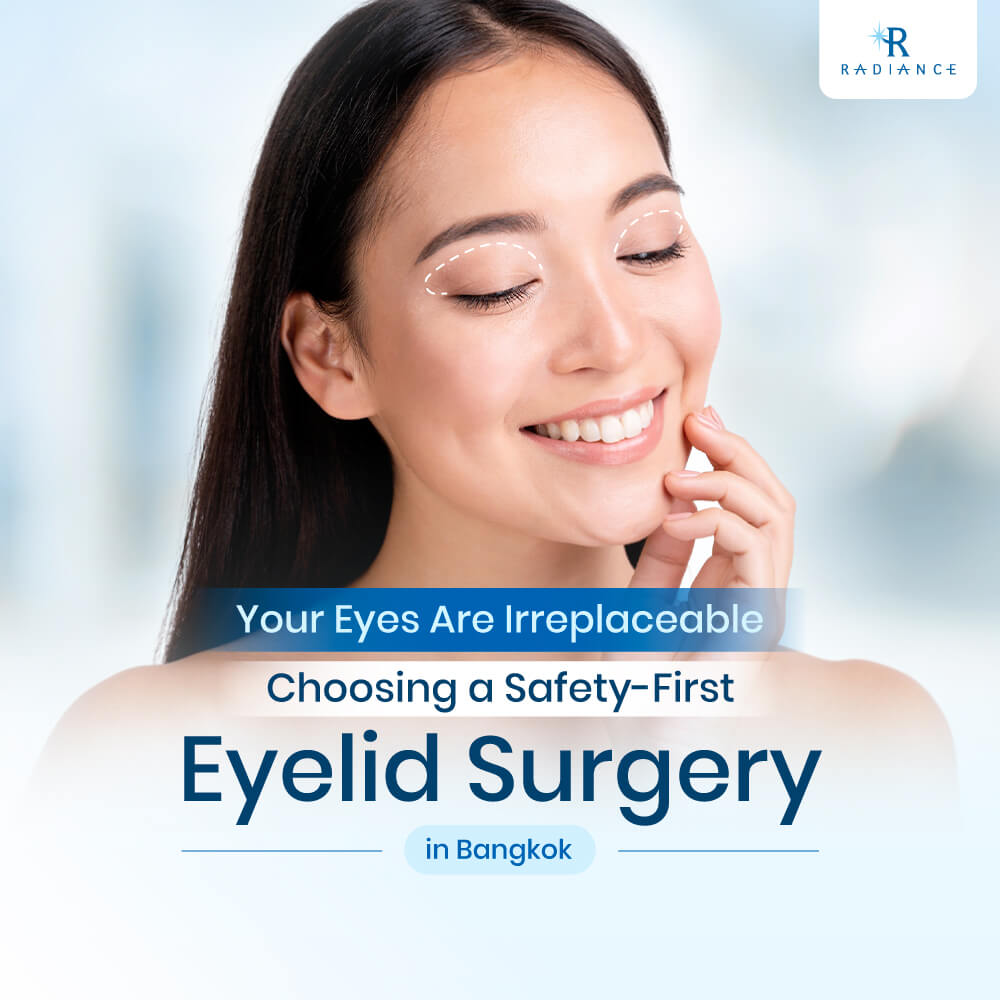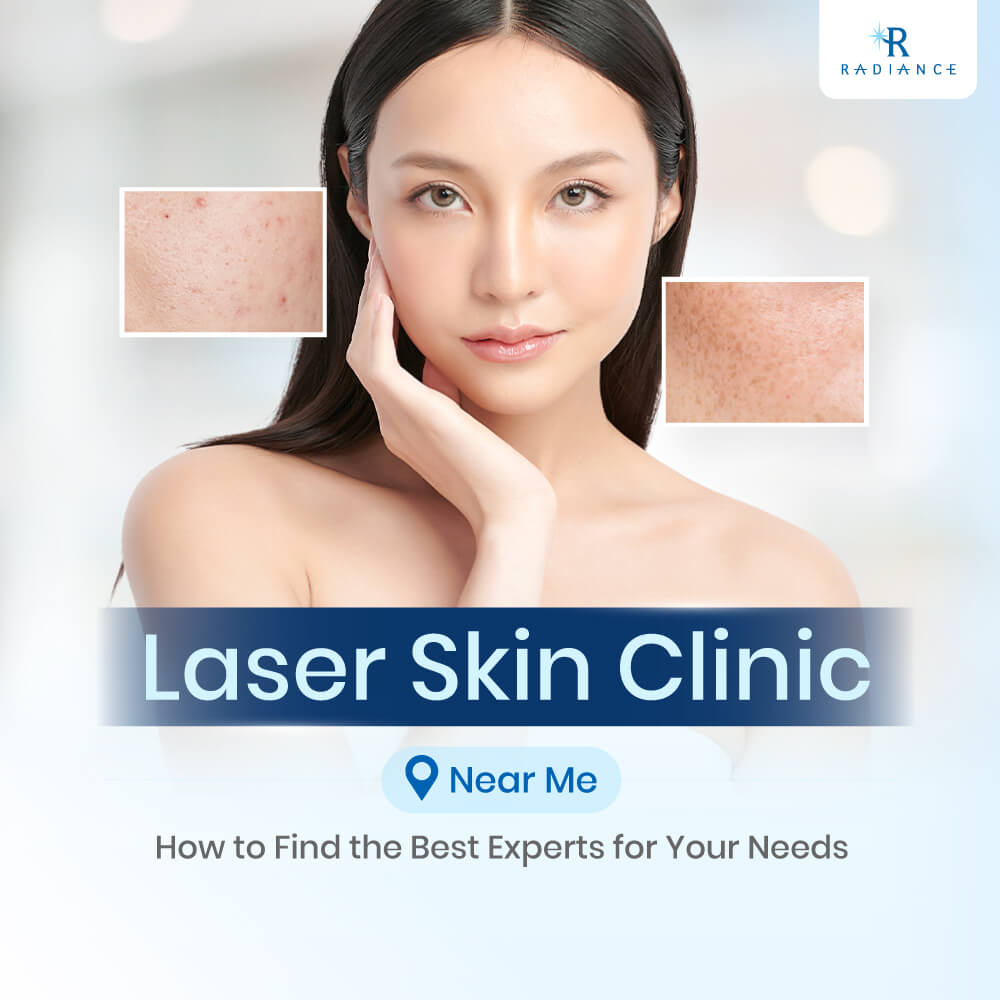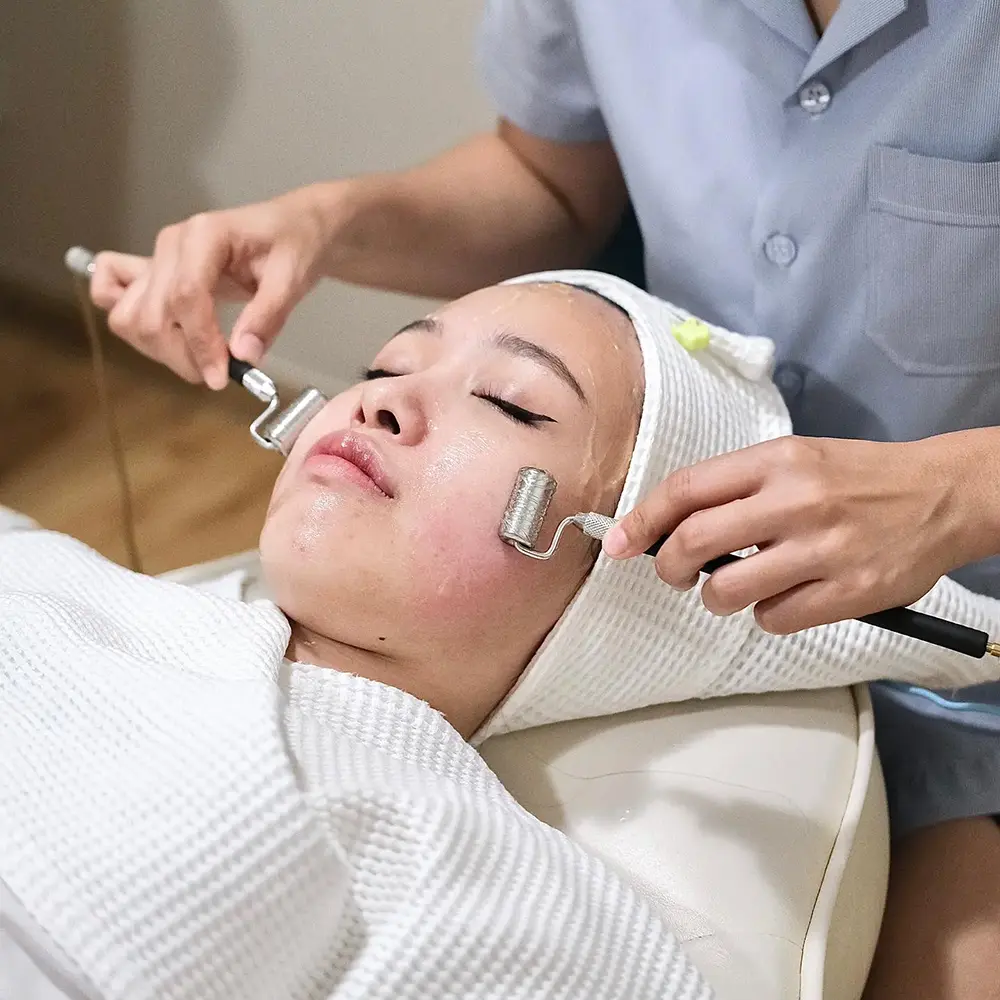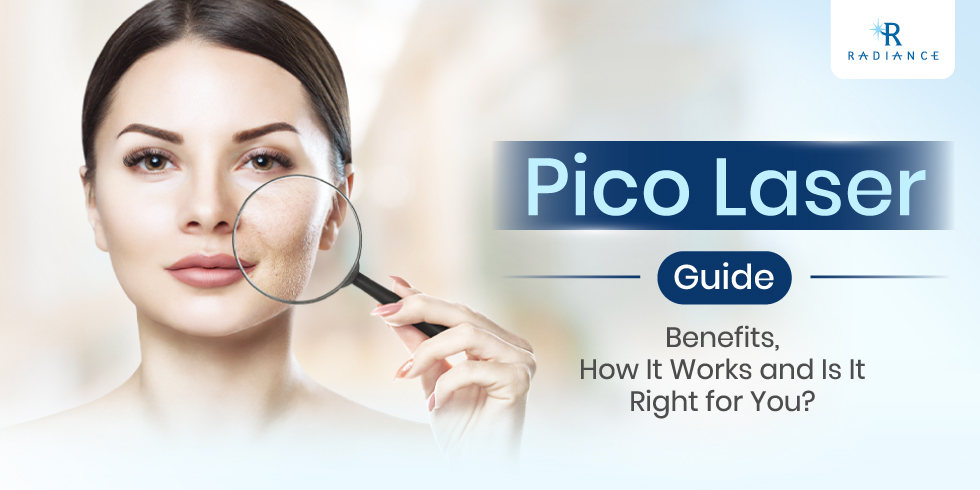
Multiple types of laser machines have been introduced for skincare and aesthetic treatment. Recently, Pico Laser, considered a new technology, quickly gained a reputation for its abilities in dealing with both pigmentation and uneven surface problems of your skin without the complications of older laser technology. At this point, you may have a question about Pico Laser about how it works, how it is different from other types of lasers, and whether you should consider it an option.

Even though we had previously talked about Pico Laser, this article is going to delve deeper to bring you what you need to know about Pico Laser, to help you decide what is the best treatment for your current condition and concerns.
What is a Pico Laser?
Picosecond Laser, or Pico Laser, is an ultra-short-pulse aesthetic laser device primarily used for the treatment of pigmentation issues. Before the invention of the Pico Laser in the late 1990s, laser treatment of pigmentation issues, including the process of tattoo removal, was based on argon and CO2 laser machines. Although, as mentioned in our earlier article about laser treatments, those laser machines are “ablative”, which means they affect not only the pigments but also surrounding skin cells, resulting in considerable side effects.
Then, the discovery of a process called “selective photothermolysis”, also already mentioned in an earlier article, has enabled the selective destruction of pigments while minimizing collateral damage to your skin by using a pulsed laser at an appropriate wavelength that directly targets the pigment. Those became a basis for the Q-switched nanosecond laser machines, which release a beam of lasers as a pulse of 10 nanoseconds.
Meanwhile, Pico Laser is using the concept of photoacoustic, which lasers help shatter pigment into tiny particles. Based on a graphite laser with a wavelength of 1,064 nanometers, Pico Laser machines further split the laser into a shorter pulse between 10 and 100 picoseconds. These very short pulses of laser help break pigments into smaller fragments, which makes it easier for your body to self-destroy the pigments, while further reducing collateral heating or damage compared to other types of lasers. As a result, Pico Laser became a primary choice in the treatment of pigment abnormalities and tattoo removal.
What can Pico Laser do for you?
The primary application of Pico Laser is the treatment of pigment abnormalities, including melasma, nevus of Ota, nevus of Ito, minocycline-induced pigmentation, and solar lentigines. Tattoo removal is also a key strength of Pico Laser, which they are highly effective with blue and green pigments, and also with tattoos that traditional Q-switched lasers are ineffective in dealing with.
Meanwhile, the late application of Pico Laser has expanded into the resurfacing of the skin. Used in combination with fractionated hand pieces that facilitate tissue remodelling, the same one used with fractional laser machines, Pico Laser machines are widely used for the treatment of photoaging (including a treatment of melasma), facial wrinkles, enlarged pores, atrophic acne scars, and stretch marks. On the other hand, Pico Laser also works effectively in skin rejuvenation, as it also helps stimulate the process of collagen production.
In addition, Pico Laser is being used as a part of a combined treatment method, including a preparation before the application of Botox, fillers, and lipolysis; a combination with 4% hydroquinone for the treatment of benign pigmented lesions; and a combination with hyaluronic acid fillers in the treatment of acne scars
Reading to this point, if you are currently seeking treatment for pigment abnormalities, tattoo removal, or skin rejuvenation, consider contacting us for additional consultation.

Benefits of treatment with Pico Laser
Pico Laser is becoming popular in aesthetic treatment as it retains the effectiveness of laser treatment while reducing the number of complications found in earlier types of laser.
Here are some key benefits of Pico Laser
- Non-invasive: Same as other types of laser treatment, Pico Laser remains a non-invasive treatment, which means it is a safer and less complicated method.
- More comfort, less painful: Pico Laser is “non-ablative” by nature; generates lower heat; and much shorter pulse duration. Pico Laser is much less painful during the process compared to other types of laser treatment.
- Minimal Downtime and Fewer Side Effects: As Pico Laser generates lower heat compared to other types of lasers, not only does it bring a recovery time down, but also reduces the chance of thermal damage, hyper- or hypopigmentation, and scarring to your skin.
- Faster Results and Fewer Sessions: Following higher effectiveness compared to Q-switched lasers, Pico Laser could bring you considerable results under fewer treatment sessions compared to other types of lasers.
- Compatible with a wider range of skin types: As Pico Laser generates lower heat compared to other types of lasers, it allows the application of Pico Laser to patients with a darker skin tone who are prone to being sensitive to laser treatment.
To help provide you with a clearer picture, we provide you with a comparison between the CO2 laser, Q-Switched Laser, and Pico Laser, using the example of the treatment of pigment abnormalities
| Features | CO2 | Q-Switched | Pico |
| Primary Mechanism | Photothermal Ablation | Photothermal & Photoacoustic | Photoacoustic |
| Types of Pigmentation Treated | Superficial sun damage, age spots (lentigines), uneven texture with pigment. | Freckles, lentigines, Nevus of Ota/Ito, Hori’s Nevus, Café-au-lait macules, tattoos, some types of melasma, Post-Inflammatory Hyperpigmentation | Similar to Q-Switched, also including general skin toning |
| Effectiveness | High for superficial lesions & resurfacing, but less specific for deep pigment. | High for discrete pigmented lesions and tattoos | High, often considered more effective/faster for tattoos |
| Risk of Side Effects | Higher: Significant redness, swelling, peeling, prolonged downtime, high risk of Post-Inflammatory Hyperpigmentation and Scarring Infection | Moderate: Redness, swelling, pinpoint bleeding, crusting, risk of hypo/hyperpigmentation | Lower: Mild redness, some swelling, less risk of hypo/hyperpigmentation compared to Q-switched |
| Downtime | Days to weeks | A few days to a week | hours to a few days |
| Pain Level | Higher, often require significant topical or local anesthesia | Moderate, topical anesthesia is often used | Lower to Moderate, often more comfortable than Q-switched |
| Number of Sessions | 1-3 times for significant resurfacing results | 3-10+ times depending on the condition and lesion. | Variable, less than Q-Switched for tattoo, but more for pigmentation |
PicoSureTM, PicoPlusTM, and much more – What is their difference?
Many of you may have seen several laser machines with the “Pico” name. On the one hand, they are based on the same concept of splitting a laser into short pulses. On the other hand, they are being applied differently using different techniques, which results in their unique characteristics.
Here, we compare major Pico Laser machines being used in aesthetic treatments by their effectiveness against major skin concerns that could be dealt with by Pico Laser treatment.
| Treatment Area | Strength | Effectiveness | ||||||
| Sun Spot | Hori’s Nevus | Melasma | Wrinkles | Acne Scar / Enlarged Pores | Stretch Marks | |||
| PicoSure | Skin Pigmentation, Tattoo Removal | Safe and effective | ++++ | ++++ | ++ | ++ | + | + |
| PicoWay | Acne Scars, Wrinkles, Sun-damage Skin | Improve skin textures and reduce signs of aging | +++ | ++++ | + | ++ | ++ | ++ |
| Discovery Pico | Acne Scars, Hyperpigmentation, Enlarged Pores | Stimulates collagen and promotes skin rejuvenation | +++ | ++++ | + | ++++ | ++++ | +++ |
| Enlighten III | Tattoo Removal, Pigment Lesions, Acne Scars | Highly effective with minimal side effects | +++ | ++++ | + | +++ | +++ | +++ |
Remarks: + Minimally Effective, ++ Effective, +++ Highly Effective, ++++ Most Effective
Is Pico Laser good for you?
Here, if you are currently seeking a solution for treatment for pigment abnormalities, tattoo removal, or skin rejuvenation, Pico Laser is considered a good option for you. Thus, there are some things that you have to consider before receiving one. First, even if Pico Laser is eligible for a darker skin type, consulting a dermatologist to determine that you are “technically” eligible for Pico Laser treatment is necessary. Second, for the one who is considering Pico Laser for the treatment of wrinkles and acne scars, its effectiveness depends on your specific skin conditions, and we recommend a consultation with a dermatologist to find the best option for you.
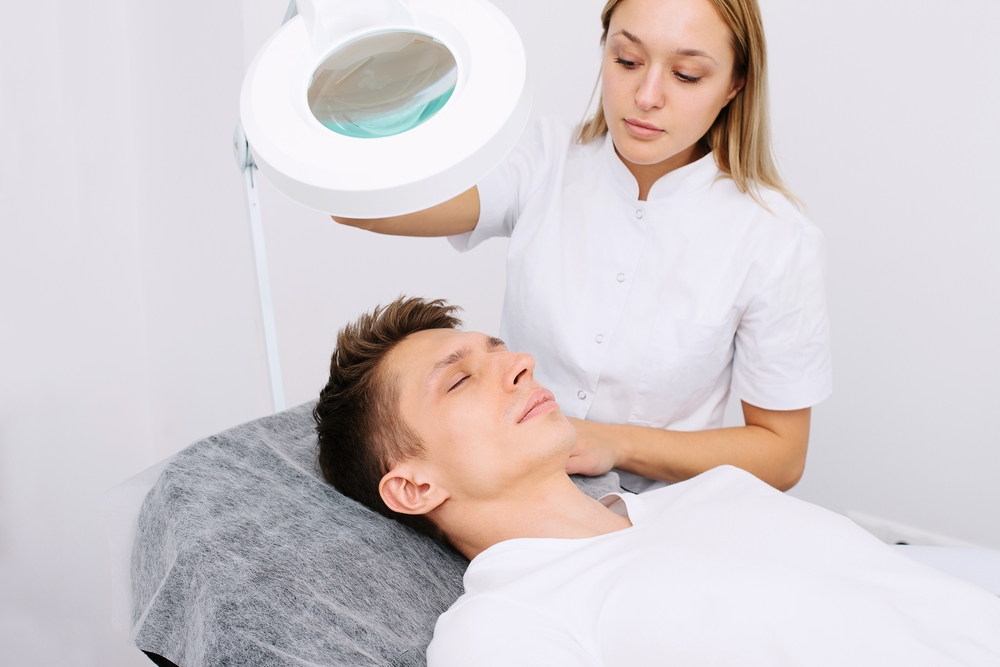
In addition, Pico Laser is not completely free of complications. Pain, erythema, oedema, pinpoint bleeding, crusting, blistering, scarring, postinflammatory hyperpigmentation, and postinflammatory hypopigmentation could have occurred but are considered rare cases. Meanwhile, the possible side effects include redness and swelling; tenderness and sensitivity; and peeling or flaking of the skin, which are controllable and subsides shortly after the treatment.
If you are a fit candidate for Pico Laser, including not currently with active acne, excessive or sagging skin, or skin infection; not being pregnant; and not recently tanning (both natural and with tanning beds), the consultation with a dermatologist would bring you an effective treatment plan, which may require few sessions for 4-weeks apart to make your treatment maximally effective. Also, we recommend applying Pico Laser after the consultation and under the control of a certified dermatologist, as it helps reduce the chance of complications and deal with them if they occur.
Here, the treatment process begins with your skin being cleaned, and topical anesthesia may be applied to help minimize pain. Then, the Pico Laser will be applied to the treatment area. You may feel slight sensations of heat or tingling, some describe it as feeling like tiny, rapid pinpricks throughout the process. The process of Pico Laser may take about an hour. After being done, ointment or cream may be applied to the treatment area to help with healing, and you will be released home with a follow-up appointment and recommendation for self-care – avoiding direct sunlight, wearing sunscreen, and moisturizing the treated area.
PicoSureTM laser at Radiance Skin Clinic
Radiance Skin Clinic, a professional aesthetic clinic located in the heart of Bangkok, is a place where you can find PicoSureTM laser, the safe and effective pico laser machines for practical treatment of acne scars, pigmentation, tattoo removal, and skin rejuvenation under hands of our teams of qualified professionals who ready to provide you an effective program that effectively dealt with your skin concern.
In addition, Radiance Skin Clinic offers a comprehensive program that combines PicoSureTM laser with other necessary procedures that effectively deal with your skin conditions. We apply our experience to skin analysis, medical consultation, comprehensive preparation, and postoperative follow-ups to make the treatment program the best available for you.
If you are considering the PicoSureTM Laser Treatment, visit our team for a consultation at our clinic located at Maneeya Center between 10 am and 7 pm, or leave a message on our online channel here.
Phones and WhatsApp: (+66)82-695-2496
LINE: @radiance
Facebook: https://www.facebook.com/RadianceClinicBkk
Website: https://radianceskinclinic.com

